How Much Mad Honey to Take: Understanding Dosage and Safety Guidelines

Mad honey has caught the attention of curious minds for its unique effects. But figuring out how much mad honey to take can be tricky, especially with risks of overconsumption and potential toxicity.
It’s not your ordinary sweetener, and consuming it without proper knowledge could lead to serious health issues.
Unlike regular honey, mad honey contains grayanotoxins that can impact your heart and nervous system. Even small amounts can cause dizziness or nausea, while larger doses may result in severe reactions like slowed heart rate or vomiting.
This blog will guide you through safe dosage tips, precautions, and what signs mean you've taken too much. Get informed before taking a taste!
Factors Influencing Mad Honey Dosage
The amount of mad honey a person can safely consume depends on several personal and environmental factors. Understanding these aspects helps users make informed decisions about their intake.
Body Weight
Body weight plays a critical role in determining the safe dosage of mad honey. Individuals with lower body weight may experience stronger effects from smaller amounts, increasing their risk for symptoms like dizziness or nausea.
Heavier individuals might tolerate slightly higher doses but still need caution to avoid toxic reactions.
Lighter users face a greater chance of encountering cardiovascular effects such as bradycardia and hypotension if they take too much. Cases of poisoning often occur in middle-aged males weighing around average, highlighting the importance of adjusting dosage based on personal metrics.
Starting small helps minimize these risks while allowing careful monitoring of potential responses.
Tolerance Levels
Regular use of mad honey may lead to desensitization of sodium channels in the body. This reduces the intensity of symptoms over time, potentially increasing a user’s tolerance. Individuals with higher tolerance levels might not experience effects at doses that strongly impact first-time users.
Over time, long-term consumers could require larger doses to feel similar results due to this reduced sensitivity. However, increased dosage heightens risks like toxicity or honey intoxication caused by grayanotoxins.
Users should carefully gauge their responses before adjusting their intake and monitor for signs of poisoning.
Tolerance can be a double-edged sword—what dulls symptoms could also tempt higher risks.
Potency of the Honey
The potency of mad honey depends on its grayanotoxin concentration, which varies seasonally. Spring honey shows the highest toxicity due to increased levels of grayanotoxins in the nectar collected by bees.
Even consuming just one teaspoon can lead to poisoning, as highlighted in studies like those by Ozhan et al.
Grayanotoxin content also changes based on regional factors and plant sources. Honey produced from certain rhododendrons contains higher toxin levels and poses greater risks. Users should always consider these variations before determining their safe dosage to avoid toxic effects like dizziness or nausea.
Recommended Dosage Guidelines
Always start with a small amount to gauge individual tolerance. Gradually increase the dosage based on personal experience and desired effects.
Starting with Small Amounts
Starting with small doses minimizes the risk of poisoning or severe intoxication. Experts suggest consuming less than one teaspoon initially, as even a teaspoon can cause toxic effects according to Ozhan et al.
Starting with low quantities allows users to assess their body's reaction safely.
Effects may appear within 30 minutes to 4 hours after consumption. Waiting during this period before deciding on additional intake reduces the chance of overconsumption. Safe consumption practices help avoid symptoms like dizziness, nausea, and heart rate changes caused by higher toxicity levels.
Typical Dosage for Beginners
Beginners should start with a small amount of mad honey to avoid adverse effects. A safe dosage for new users is typically half a teaspoon or less, depending on body weight and tolerance.
Consuming even one teaspoon can cause poisoning, as shown in studies like those by Ozhan et al.
Newcomers must keep their initial dose minimal to assess how the honey affects them. The potency can vary greatly based on seasonal and regional factors, so it’s best to take the lowest recommended amount first.
This beginner-friendly approach helps reduce risks while allowing time to observe any potential reactions.
Adjusting Dosage for Experienced Users
Experienced users may need to adjust their dosage based on tolerance and desensitization. Long-term use can reduce the honey’s effects by desensitizing sodium channels in the body.
This change requires higher amounts for similar results but increases the risk of overconsumption.
Managing dosage for experienced users should focus on gradual adjustments to avoid severe symptoms. If overconsumption occurs, mild effects like dizziness often resolve within 24 hours.
Full recovery typically happens in 3–4 days without lasting harm when used responsibly.
Safety Guidelines for Consuming Mad Honey
Follow key safety practices to enjoy mad honey responsibly and avoid harmful effects.
Consume in a Controlled Environment
Use mad honey in a controlled environment to monitor potential adverse effects. Side effects, such as dizziness or nausea, may require attention. A calm setting allows users to respond quickly if symptoms appear and avoid escalating discomfort.
Children and pets are highly vulnerable to intoxication. Always store mad honey securely out of their reach. Ensure only responsible adults handle the product during consumption for safety.
Avoid Overconsumption
Keeping intake within safe limits minimizes the risk of honey intoxication. Consuming more than one teaspoon of mad honey can lead to poisoning due to grayanotoxin ingestion, as observed in studies by Ozhan et al.
Ingestion between 15 and 30 grams has been linked to symptoms like dizziness, nausea, or even heart rate changes.
Users should approach mad honey dosage cautiously. Overconsumption could result in severe reactions tied to the toxic nectar's potency. Taking too much at once increases the chance of grayanotoxin overdose, leading to adverse effects such as vomiting or blood pressure drops.
Wait for Effects Before Taking More
Effects of mad honey can take 30 minutes to 4 hours to appear. Consuming more before symptoms manifest increases the risk of overconsumption. Users may unintentionally ingest a toxic amount, leading to adverse effects like dizziness or nausea.
Waiting allows time for proper symptom monitoring after ingestion. Full recovery from intoxication typically takes three to four days, with most symptoms resolving within 24 hours.
Safety guidelines for consuming mad honey recommend delaying additional consumption until initial effects are fully understood.
Potential Effects of Overconsumption
Consuming too much mad honey can lead to uncomfortable and sometimes dangerous reactions. Users should understand the risks before increasing their intake.
Mild Symptoms: Dizziness and Nausea
Dizziness and nausea often occur as mild symptoms of mad honey overconsumption. Users may feel lightheadedness, a spinning sensation, or motion sickness. Some experience stomach discomfort or an upset stomach due to its intoxicating effects.
These signs usually appear within hours of ingestion.
In most cases, these symptoms resolve in 24 hours with no lasting harm. Full recovery typically happens within three to four days. Consuming smaller doses minimizes the risk of feeling unsteady or dealing with balance problems from vertigo-like effects.
Always wait for initial effects before taking more to avoid unpleasant experiences like nausea or lightheadedness.
Severe Symptoms: Heart Rate Changes and Vomiting
Excessive consumption of mad honey can lead to severe side effects. Heart rate changes, including bradycardia or a dangerously slow heart rate, occur in 90% of cases involving intoxication.
Low blood pressure, or hypotension, often accompanies this issue and may further strain the cardiovascular system. Such symptoms can escalate quickly if overindulgence continues.
Vomiting serves as another common reaction to overconsumption. This symptom is usually a warning sign that the body struggles with the toxic effects of grayanotoxins found in mad honey.
Left unchecked, these conditions might result in blurred vision, seizures, or even more critical cardiac issues like arrhythmias. Understanding dosage limits helps reduce risks associated with these severe reactions.
Special Considerations for Mad Honey Use
Different regions and seasons can impact the potency of mad honey. Certain groups should exercise caution due to potential health risks.
Seasonal and Regional Potency Variations
Toxicity in mad honey peaks during spring. This happens because the grayanotoxin levels increase as bees harvest nectar from blooming rhododendrons. Consumption during this season carries a higher risk of intoxication.
Regions like Turkey, Korea, and Nepal report the most cases of mad honey poisoning. Geographic differences influence grayanotoxin concentration, making honey from these areas more potent.
Users should consider both location and season to avoid safety risks while consuming mad honey.
Not Recommended for Pregnant Individuals or Children
Pregnant individuals and children face higher health risks from mad honey. The unique compounds can cause harmful effects, especially for developing bodies or during pregnancy. These groups remain more vulnerable to its intoxicating properties.
Children and pets may also accidentally consume it if left unsecured. Store all products in a safe place out of their reach to avoid unintentional ingestion. Taking special precautions protects those at greater risk of adverse reactions.
Tips for Safe Mad Honey Use
Choose reliable sources to ensure the honey is authentic and safe. Always read and follow the manufacturer's guidance on usage.
Purchase from Reputable Sources
Buy mad honey from reliable honey suppliers to ensure safety and quality. Authentic mad honey often comes from Turkey or Nepal, with a typical price of $166 per pound.
Look for trustworthy sellers like certified honey retailers or verified honey vendors. Established merchants and reputable producers provide safer options compared to unverified sources.
Follow Manufacturer Instructions
Adhere to the manufacturer’s guidelines for mad honey use. These instructions often detail proper storage, dosage recommendations, and handling tips. Store mad honey in a cool, dark place to preserve its potency and avoid refrigeration or freezing.
Heat can degrade its properties, so it is not ideal for cooking purposes.
Always follow safety precautions outlined on the product label. This ensures proper use while minimizing risks of overconsumption or adverse effects. Check specific guidelines for use before consuming any amount to understand heat sensitivity and safety measures tied to the product.
When to Seek Medical Attention
Seek medical attention if you experience severe or worsening symptoms after consuming mad honey. Act quickly to prevent potential health complications.
Recognizing Signs of Intoxication
Signs of intoxication from mad honey can appear quickly. Common symptoms include dizziness, nausea, blurred vision, and vomiting. More serious effects like bradycardia (slower heart rate), hypotension (low blood pressure), or convulsions may also occur.
These physical signs indicate the body is reacting to grayanotoxins found in mad honey.
Diagnosis often depends on clinical history since no standard blood test detects grayanotoxin exposure. Watching for rapid changes in heart rate or extreme drowsiness is crucial. If confusion or severe physical distress arises, it might signal a need for medical assistance right away.
Steps to Take in Case of Adverse Reactions
Seek medical attention immediately if adverse effects occur after consuming mad honey. Symptoms like dizziness, vomiting, or changes in heart rate could signal toxicity. Healthcare providers often use atropine to treat cholinergic toxicity, which is the primary cause of most symptoms.
Get an ECG for monitoring cardiac abnormalities during a medical emergency. Early diagnosis helps manage potential drug reactions and prevent complications. Quick response ensures effective toxicity management and reduces risks associated with serious conditions.
Conclusion
Understanding the right dosage of mad honey is critical for safe use. Start small and pay close attention to your body’s reaction. Consuming it responsibly can help avoid unpleasant or dangerous side effects.
Always prioritize safety by following trusted guidelines and sourcing honey carefully. If issues arise, act quickly to address them.
FAQs
1. What is mad honey, and why does dosage matter?
Mad honey comes from nectar containing grayanotoxins, which can affect the nervous system. Taking the right amount ensures safety and avoids harmful effects.
2. How much mad honey is safe to consume?
A small dose, about half a teaspoon, is usually safe for most people. Larger amounts may cause dizziness or nausea.
3. Can consuming too much mad honey be dangerous?
Yes, high doses can lead to serious problems like low blood pressure or irregular heartbeat. Always follow safety guidelines.
4. Are there specific groups who should avoid mad honey?
Pregnant women, children, and individuals with heart conditions should not use it due to potential risks. Consult a doctor if unsure about its safety for you.


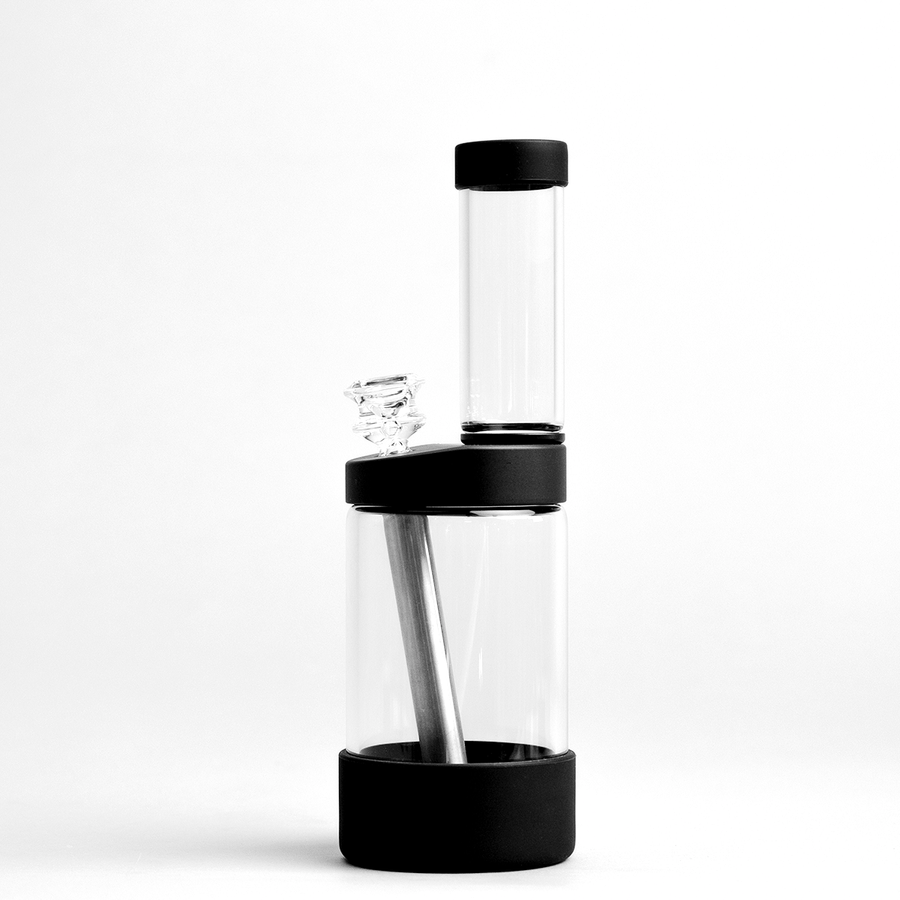



![Vessel Helix Pipe [Copper] - Headshop.com](http://www.headshop.com/cdn/shop/files/ad3c0443-b76d-4fe5-84b8-a617dd50a950.jpg?v=1747419387&width=900)
![Vessel Helix Pipe [Copper] - Headshop.com](http://www.headshop.com/cdn/shop/files/7b0e06e3-9106-4684-80e4-408362c34085.jpg?v=1747419388&width=1000)
![Vessel Wood Vape Pen Battery [White/Beechwood] + - Headshop.com](http://www.headshop.com/cdn/shop/files/4ecd5d0f-363a-454e-a7a0-229fb93bf456.jpg?v=1725470645&width=900)
![Vessel Wood Vape Pen Battery [White/Beechwood] + - Headshop.com](http://www.headshop.com/cdn/shop/files/d232e493-09e6-4574-b44c-3e2bde9425b4.jpg?v=1725470647&width=1000)
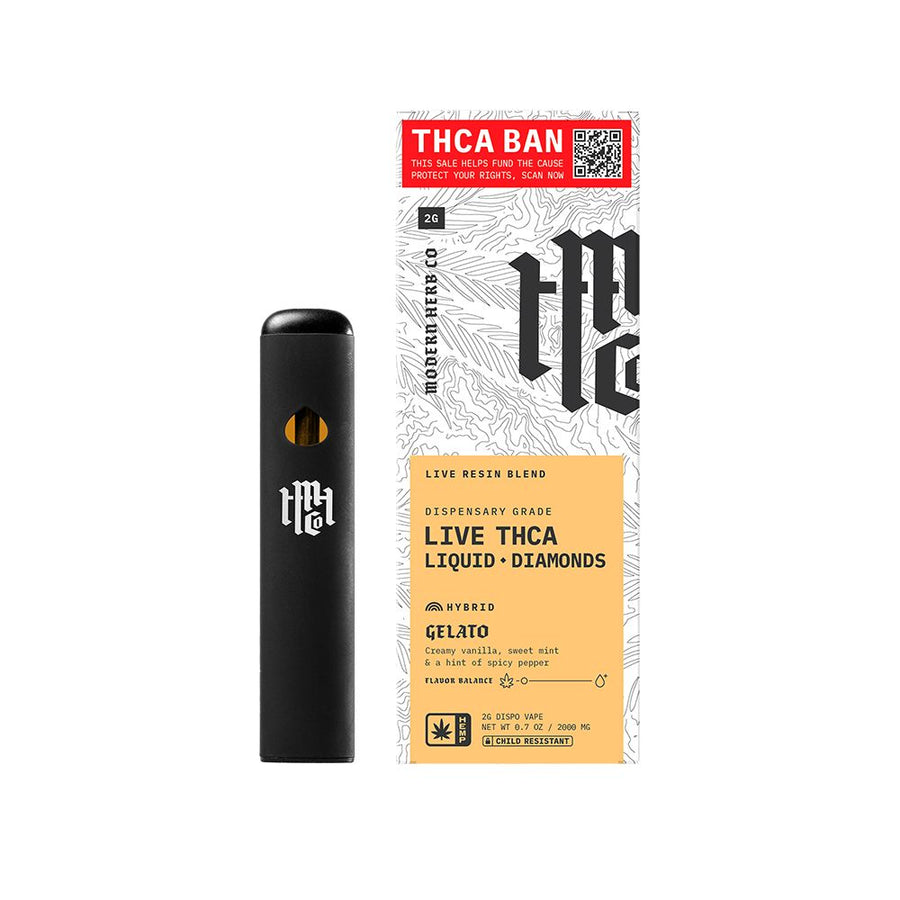
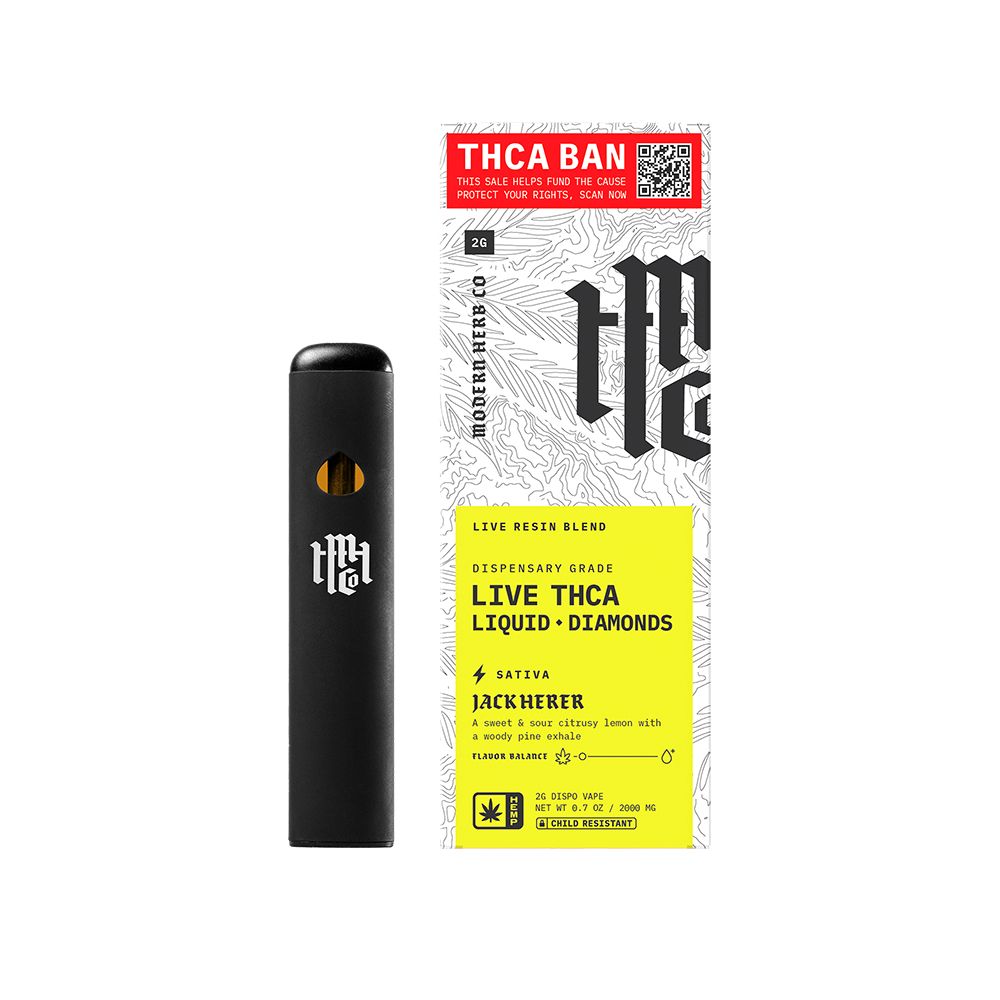
![Vessel Compass Apex Charger [Black] - Headshop.com](http://www.headshop.com/cdn/shop/files/f10e6bf4-6ce7-4a59-a50e-a4184f069754.jpg?v=1729115238&width=900)
![Vessel Compass Apex Charger [Black] - Headshop.com](http://www.headshop.com/cdn/shop/files/dce98c70-346c-405f-aca8-d59c7feed96d.jpg?v=1729115240&width=1000)

![Vessel - Cone [Onyx] Vessel - Cone [Onyx]](http://www.headshop.com/cdn/shop/products/6f51074a-2173-4ab4-876d-22a84764eb5d.png?v=1679517316&width=600)

![Vessel - Air [Jade] Vessel - Air [Jade]](http://www.headshop.com/cdn/shop/products/7cd436a1-b1f0-4e01-9e52-050ad7140b56.png?v=1679506090&width=600)
![Pipe by Vessel [Rose Gold] Pipe by Vessel [Rose Gold]](http://www.headshop.com/cdn/shop/files/Pipe_Rose_Gold_Closed.jpg?v=1744306576&width=600)
![Vessel - Mill [Beechwood] Vessel - Mill [Beechwood]](http://www.headshop.com/cdn/shop/files/MILL_GUNMETAL_BEECH_COLLAPSED_FRONT_800.jpg?v=1744308513&width=600)
![Vessel Helix Pipe [Black] - Headshop.com](http://www.headshop.com/cdn/shop/files/Pipe_Black_Angle.jpg?v=1744306153&width=900)
![Vessel Helix Pipe [Black] - Headshop.com](http://www.headshop.com/cdn/shop/files/Pipe_Black_Closed.jpg?v=1744306155&width=1000)
![Vessel Compass Rise Vape Bar [Crimson] - Headshop.com](http://www.headshop.com/cdn/shop/files/fc3fd52a-2783-4fac-bd38-bc4f2013a889_5466b32d-da71-427f-8737-bf7d7f5f2c77.jpg?v=1735253136&width=900)
![Vessel Compass Rise Vape Bar [Crimson] - Headshop.com](http://www.headshop.com/cdn/shop/files/66947a99-195c-4deb-b29e-03443ebebd5a_32c35e3d-ba1b-4d4d-a879-3886d37bddf7.jpg?v=1735253136&width=1000)

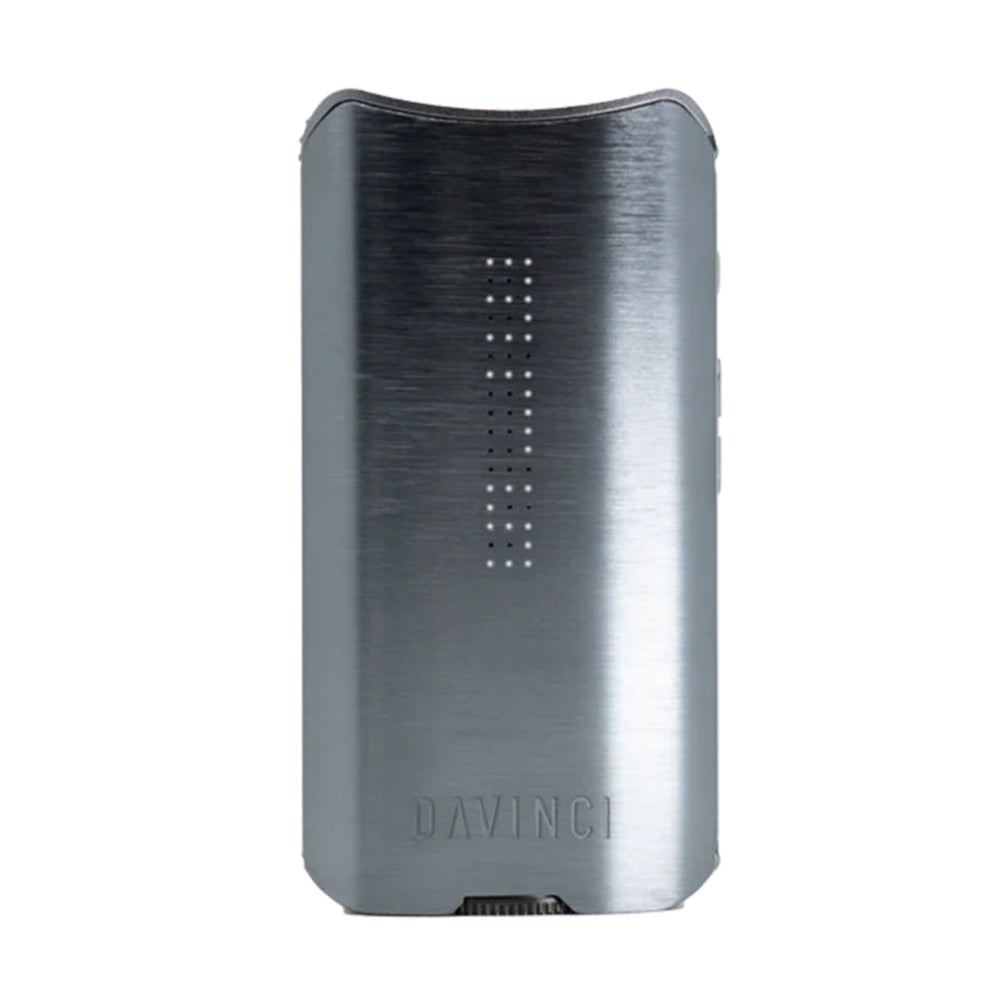
![Vessel - Ember [Gold] Astray - Headshop.com](http://www.headshop.com/cdn/shop/files/20220106_EMBER_BRASS.jpg?v=1744309601&width=900)
![Vessel - Ember [Gold] Astray - Headshop.com](http://www.headshop.com/cdn/shop/files/20220106_EMBER_BRASS_WITH_AIR.jpg?v=1744309601&width=1000)
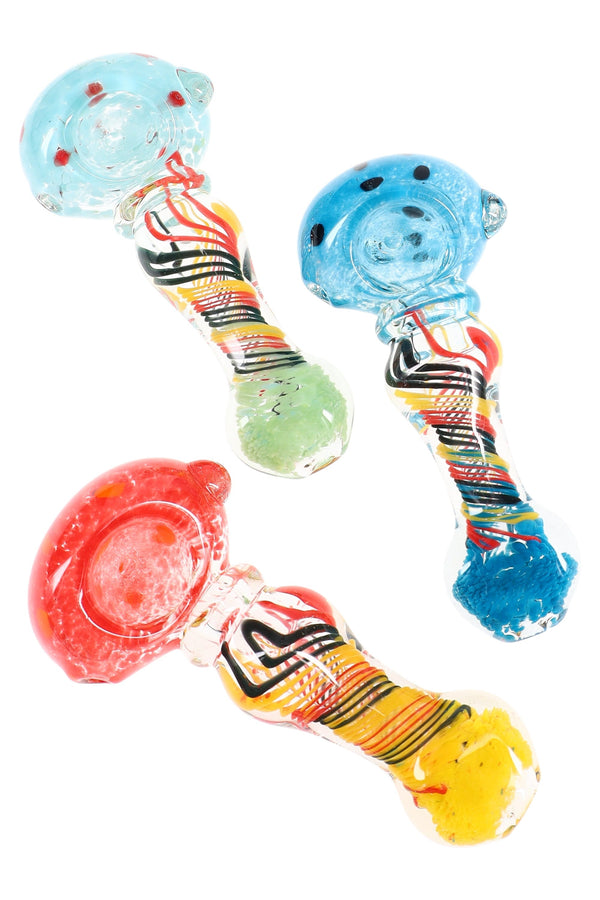

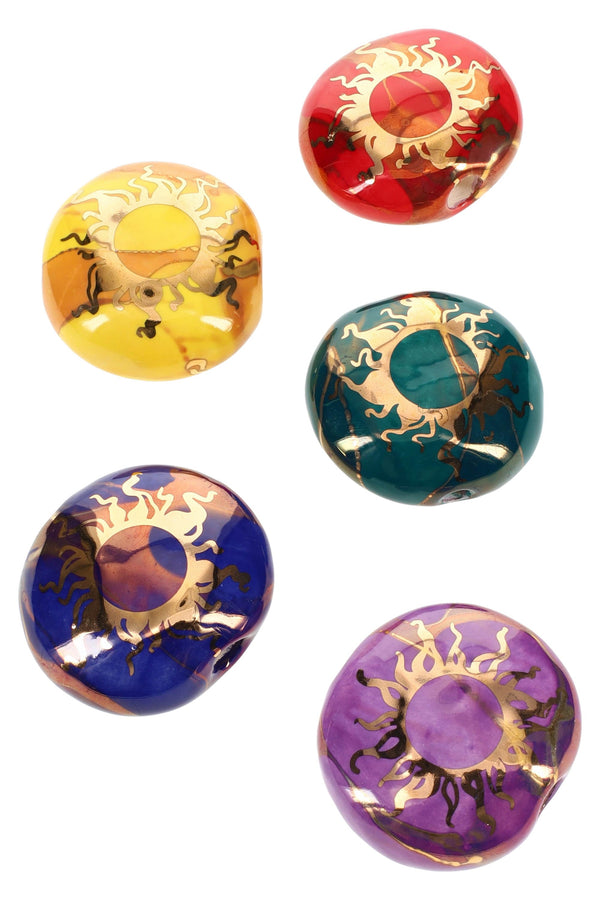





![Pipe by Vessel [Gunmetal]](https://cdn.shopify.com/s/files/1/0585/8462/9443/files/Pipe_Gunmetal_Angle_500x500.jpg?v=1744306453)













